Fleet operators will have a key role to play in paving the way for the introduction of autonomous cars, according to experts.
The pace of development in ‘driverless’ systems requires a new technical, legal and regulatory framework to allow trials to take place on open roads. It also needs vehicle manufacturers and insurers to establish fresh rules about liability in the event of an accident involving a car in driverless mode.
The Centre for Connected and Autonomous Vehicles (CCAV), a joint venture between the Department for Transport (DfT) and the Department for Business, Innovation and Skills, is tasked with plotting a path to the successful introduction of autonomous vehicles.
“This summer we will consult on changes to the regulatory framework to adapt to the first wave of technology,” said Ian Forbes, head of the CCAV. “We will be working with the insurance industry and manufacturers, and we will see what we as a Government have to do.”
Delegates at a seminar on insuring self-driving vehicles last week heard experts predict that autonomous driving systems could cut accident rates by 80% within a decade, but to achieve such results requires “changes to the Road Traffic Act and European law to allow us to test these autonomous vehicles”, said Peter Shaw, chief executive of Thatcham Research. The law as it stands requires the driver always to be in control of the vehicle.
Autonomous driving also requires a completely fresh approach to vehicle insurance.
“The current system is a negligence-based system and it will have to evolve,” said Tim Marlow, head of autonomous and connected vehicle research at the insurer Ageas.
“When an autonomous vehicle is involved in an accident we will need to understand the extent to which any blame may be assigned to the vehicle or the driver. Once you get to the stage where the vehicle is in control completely for the whole of segments of a journey, then the manufacturer is liable and should take responsibility for the incident.”
Volvo Cars has already committed to accepting liability for accidents due to a malfunction in its autonomous technology.
“When the car is driven in autonomous mode it’s our responsibility. A malfunction should not happen and if it does it’s our problem,” said Hakan Samuelsson, president and CEO of Volvo Car Group, which is to launch a trial of 100 autonomous cars in London next year.
How these developments impact on fleet underwriting remains to be seen.
“At the moment fleet policies typically have a fixed premium from the chairman’s Rolls Royce to the salesman’s Fiesta,” said Marlow. “Will autonomous and non-autonomous cars pay the same premium? It’s very difficult to predict. But the more autonomous systems we see in vehicles, the better the claims experience should be.
“A lot of fleets now are only purchasing or leasing vehicles that have a five-star Euro NCAP rating, and you cannot get a five-star rating without autonomous emergency braking.”
The transition to autonomous vehicles also faces the uncertainty of road space shared by conventional and driverless vehicles.
James Dalton, director, general insurance policy at the Association of British Insurers, asked how other road users will react to the concept of cars without a driver in control.
Will the situation arise where the driver of a conventional car has to buy third party liability insurance, but the driver of an autonomous vehicle does not because the manufacturer carries the risk, he said.
At present there is no consensus between manufacturers on who is responsible for a vehicle when it is motoring under its own control, with some insisting the driver must still supervise progress as a pilot surveys the instruments when a plane flies on autopilot.
“There cannot be different treatments or different rules for each brand,” said Dalton.
ACFO chairman John Pryor said fleets would welcome new technology that would save them cost and mitigate their risks, but he added that it was premature to formulate a response to the consultation document before publication.
He also raised the issue of data ownership and protection, which will need to be resolved if vehicles are to be fitted with black box recorders to identify when they are being driven and when they are in driverless mode.



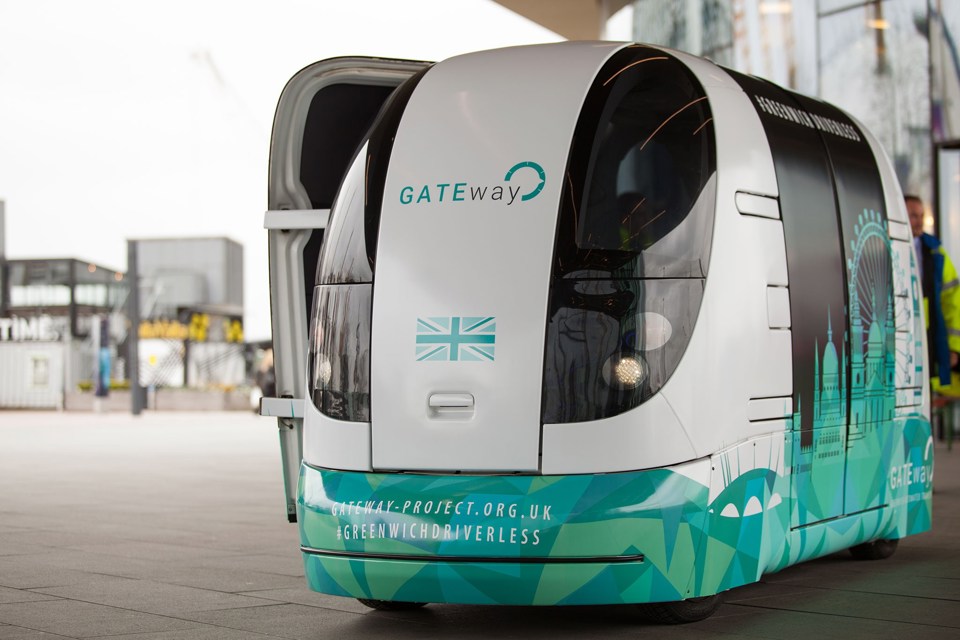
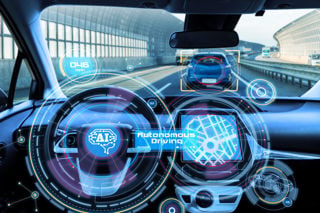
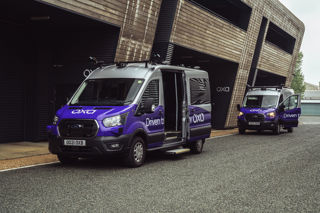
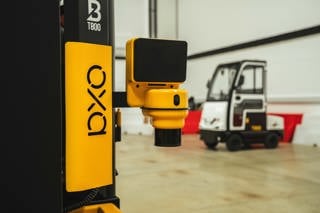
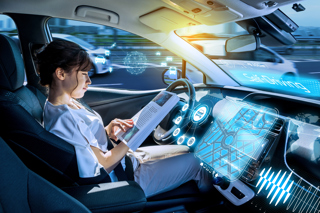
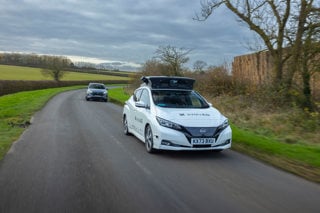













Edward Handley - 21/05/2016 17:51
Volvo are being very brave saying they will take responsibility for their driverless cars when they are in autonomous mode, but will other manufacturers have the nerve to follow suit? If there is a collision between an driverless car and one driven by a human, I suspect the human will be expected to prove that it was the autonomous car's fault, which will be a hard task given that they will be challenging a major motor manufacturer, and quite probably with no backing from their own insurer. It will also be interesting to see how the manufacturers view the second hand market. Will they extend their guarantees to second or third owners, or will they leave them to fend for themselves with a car which it may be impossible to get insurance for? Will the manufacturers still guarantee/insure their products if they are services by 3rd parties, or are fitted with replacement parts what were not supplied by the OE chain? Given the very rapid changes in technology, especially software, will owners suddenly find that their cars are "no longer supported" in the same way that old, but perfectly adequate and functional, laptops running on XP and Vista are no longer supported, forcing owners to upgrade or replace at significant cost? Hmm - I think I know which way that one is going to go.